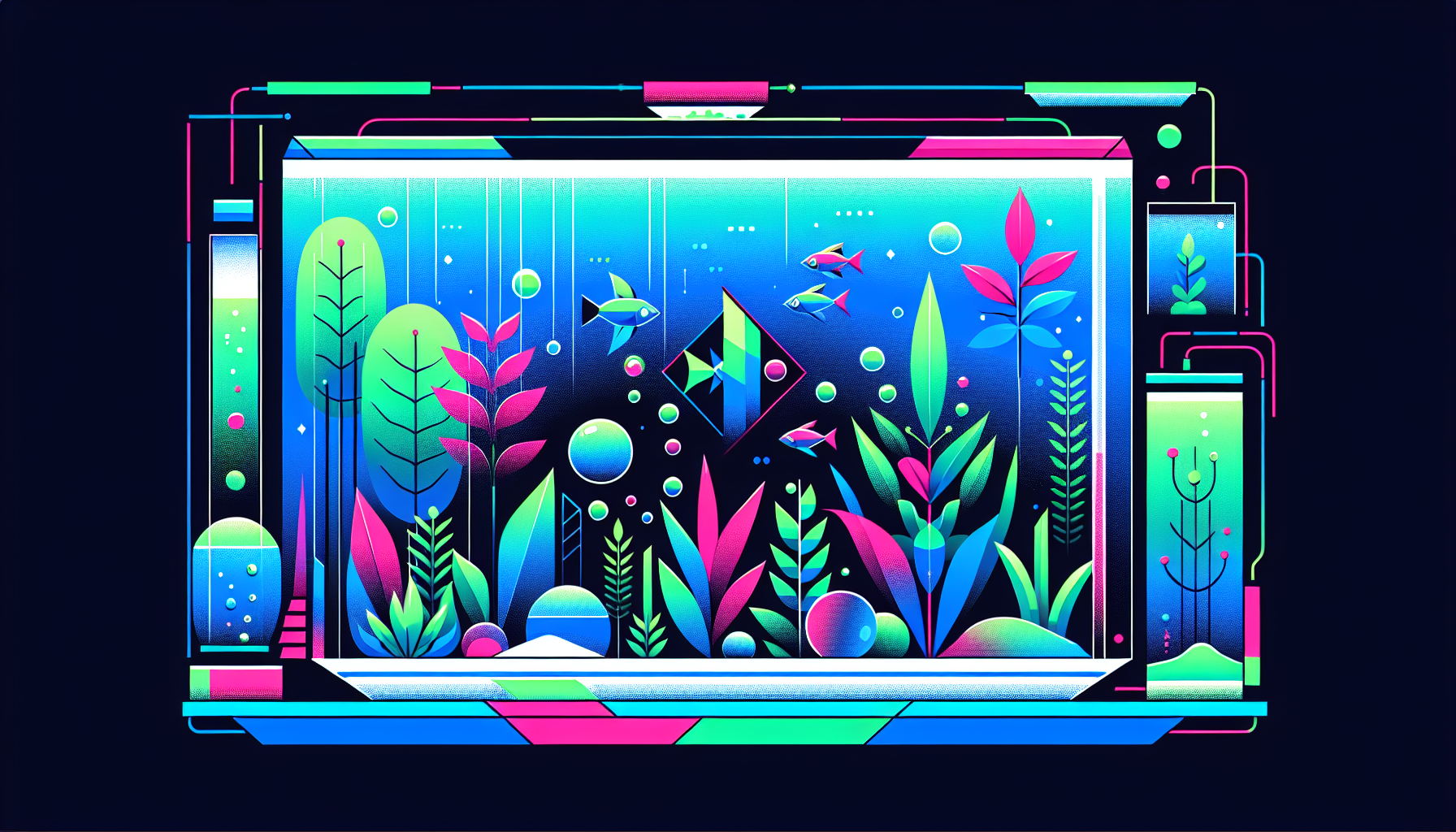The Ultimate Beginner’s Guide to Aquascaping: Tips, Tools, and Inspiration
Are you ready to transform your aquarium into a vibrant underwater landscape? Aquascaping is the art of arranging aquatic plants, rocks, driftwood, and other décor in your tank to create a stunning natural scene. Whether you’re new to the hobby or looking to perfect your skills, this comprehensive beginner’s guide to aquascaping provides everything you need to get started, from essential tools to layout tips and plant recommendations.
What is Aquascaping?
Aquascaping combines horticulture, design, and aquarium care to create living works of art beneath the water’s surface. By carefully arranging hardscape and plants, aquascapers craft environments that are both beautiful and healthy for fish and invertebrates. The possibilities are endless, whether you prefer lush jungles, minimalist Iwagumi layouts, or unique biotope recreations.
Essential Tools and Equipment for Beginner Aquascapers
Before you start your first aquascape, gather these essential tools and equipment:
- Aquarium tank: Starter aquascapes typically use tanks from 10 to 30 gallons.
- Lighting: Full-spectrum LED lights help plants photosynthesize and thrive.
- Filtration: A reliable filter maintains water clarity and health.
- Substrate: Use nutrient-rich aquasoil for optimal plant growth.
- Aquascaping tools: Curved scissors, tweezers, and spatulas for precise planting and trimming.
- Heater (if needed): Maintain a stable water temperature for tropical species.
- CO2 system (optional): Boosts plant growth in high-tech aquariums, but not necessary for all beginners.
Popular Aquascaping Styles Explained
There are several foundational aquascaping styles to inspire your next project:
Nature Aquarium
Inspired by nature itself, this style features organic layouts, lush plants, and harmonious compositions, often with driftwood and stones arranged to mimic terrestrial landscapes.
Iwagumi
A minimalist Japanese style focusing on the artistic arrangement of stones, typically using just a few plant species and open space to create a sense of tranquility and balance.
Dutch Style
Characterized by lush, colorful plantings arranged in dense “streets” or rows. This vibrant style highlights the diversity of aquatic plants and their growth habits.
Read more about different aquascaping styles and find which one suits your taste and experience.
Choosing Aquatic Plants for Beginners
Plant selection is crucial for a thriving aquascape. For beginners, choose hardy species that are forgiving and easy to maintain without CO2 injection. Here are some recommended plants:
- Anubias: Slow-growing, can be attached to wood or rocks.
- Java Fern (Microsorum pteropus): Tolerates low light and wide water conditions.
- Crytocoryne: Attractive rosette plant, hardy and versatile.
- Amazon Sword (Echinodorus): Beautiful background plant with broad leaves.
- Mosses (Java Moss, Christmas Moss): Versatile and perfect for softening hardscape.
To learn more about great plant options for your tank, check out our guide to beginner aquarium plants.
Step-by-Step: How to Set Up Your First Aquascape
- Plan your layout. Sketch your design or gather reference photos. Decide where rocks, driftwood, and plants will be placed.
- Prepare the substrate. Add aquasoil or substrate, sloping it for depth and perspective.
- Install hardscape. Position rocks and driftwood securely. Use the golden ratio or “rule of thirds” for appealing layouts.
- Plant your aquarium. Use tweezers to plant tall species in the back and shorter plants at the front. Mist plants to keep them moist.
- Add water carefully. Pour water gently to avoid disturbing your layout.
- Set up equipment. Install filter, heater, and lighting. Adjust settings as needed.
- Cycle the tank. Allow your aquarium to cycle before introducing fish or shrimp, testing water regularly.
Tips for Aquascaping Success
- Perform regular water changes to keep your environment clean and stable.
- Trim and maintain plants for healthy growth and aesthetic appeal.
- Use fertilizers as needed to support plant nutrition.
- Monitor algae and adjust lighting or nutrients if outbreaks occur.
- Be patient! Aquascapes take time to mature and reach their full potential.
Common Beginner Mistakes to Avoid
- Overstocking the aquarium with fish or plants.
- Neglecting water changes and basic maintenance.
- Choosing challenging plant species too soon.
- Disrupting the substrate or layout during water changes.
- Rushing the aquarium cycling process.
Check out our guide to common aquascaping mistakes for more in-depth advice.
Find Inspiration and Join the Community
Looking for ideas? Browse forums, social media, and aquascaping competitions for creative layouts and tips. Engaging with the aquascaping community can help you learn faster and stay motivated.
Join our aquascaping community to share your projects, ask questions, and connect with enthusiasts worldwide!
Final Thoughts
Aquascaping is a fulfilling hobby that combines art, science, and patience to create beautiful underwater worlds. With the right tools, smart plant choices, and a bit of creativity, you’ll be on your way to designing your own stunning aquascape. Remember, every aquascaper starts as a beginner—so dive in, experiment, and enjoy the process!
Ready to Start Your Aquascaping Journey?
Browse our blog for more aquascaping tips, in-depth guides, and expert advice to help you achieve your dream aquarium. Share your tanks and questions in our community, and let’s create something amazing together!



